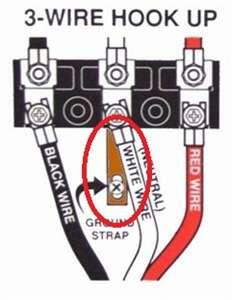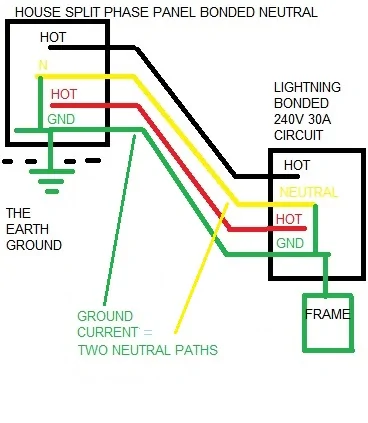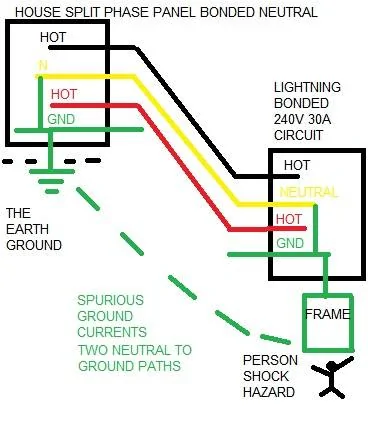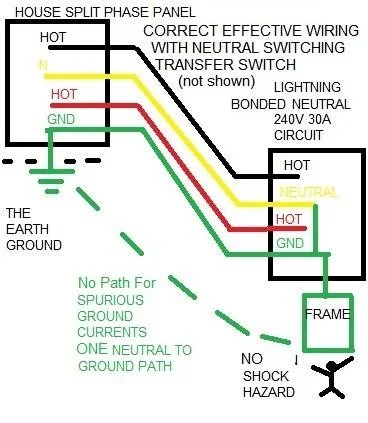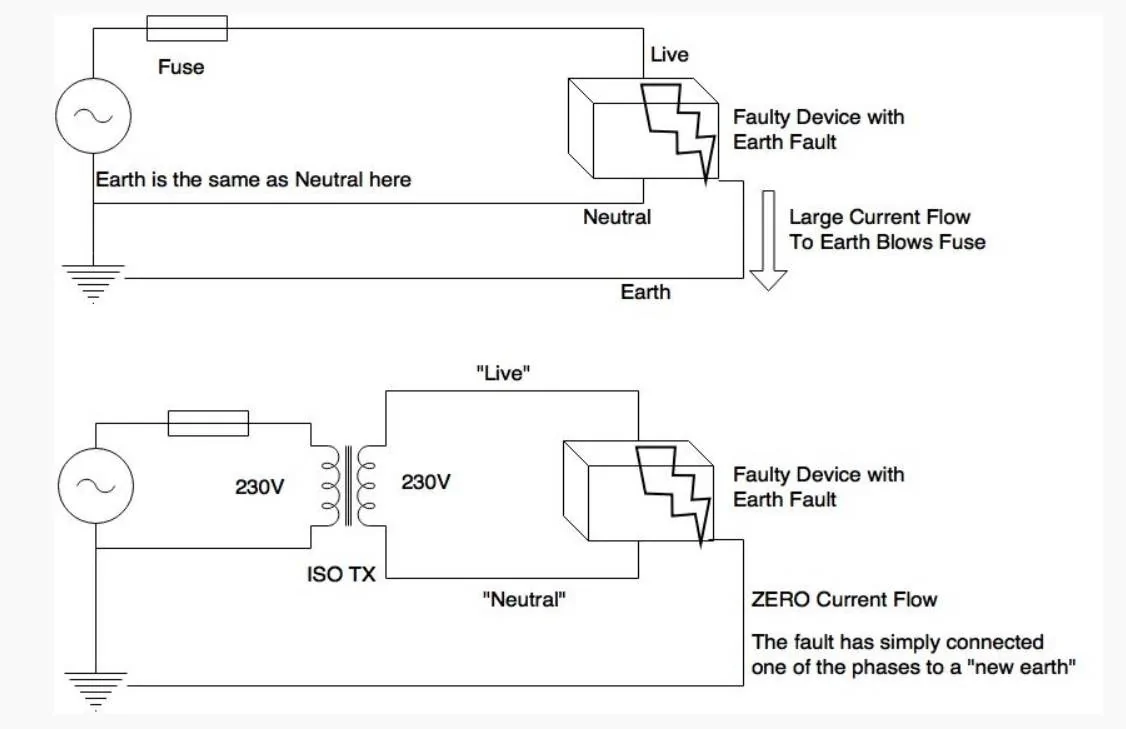EVpower
Well-known member
- First Name
- Steve
- Joined
- Dec 24, 2023
- Threads
- 2
- Messages
- 48
- Reaction score
- 47
- Location
- Northern California
- Vehicles
- 2023 F-150 Lightning Lariat, Bronco II
- Occupation
- Electrical Engineer
A good point to start on a solution to your well pump tripping the Lightning ground fault protection is to see if the pump motor really has ground leakage current in excess of 6 mA. There have been a few reports of false PPOB GFCI trips with power tools. I don't think that is likely, but it is easy to check if the truck is correctly reporting a ground fault vs. motor starting load over current.
I found the well service technicians in my area do not connect the ground connection on the pump motor so a resistance check at the well head motor control box cannot be trusted.
I have an isolation transformer on the 240 volt PPOB output to our home transfer switch. The neutral connection is not used. The 3/4 HP well pumps have worked when needed under Lightning back up power.
Steve
I found the well service technicians in my area do not connect the ground connection on the pump motor so a resistance check at the well head motor control box cannot be trusted.
I have an isolation transformer on the 240 volt PPOB output to our home transfer switch. The neutral connection is not used. The 3/4 HP well pumps have worked when needed under Lightning back up power.
Steve
Sponsored


